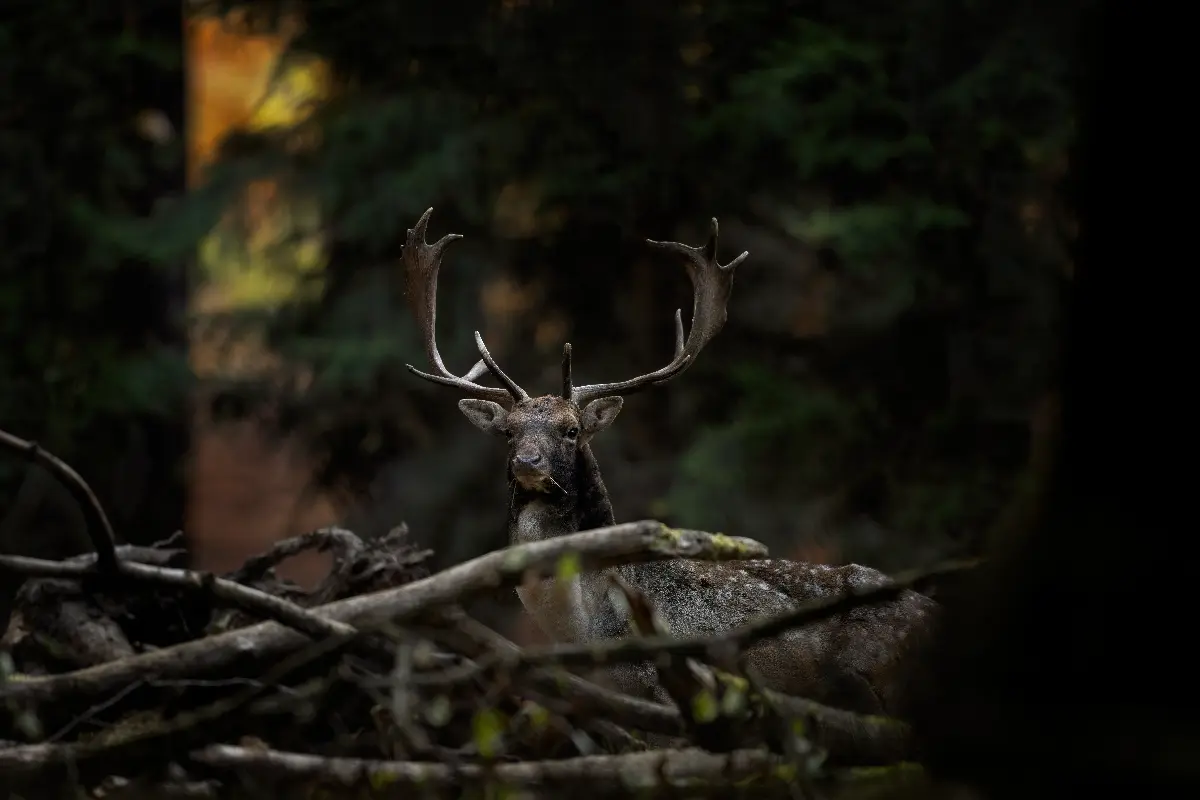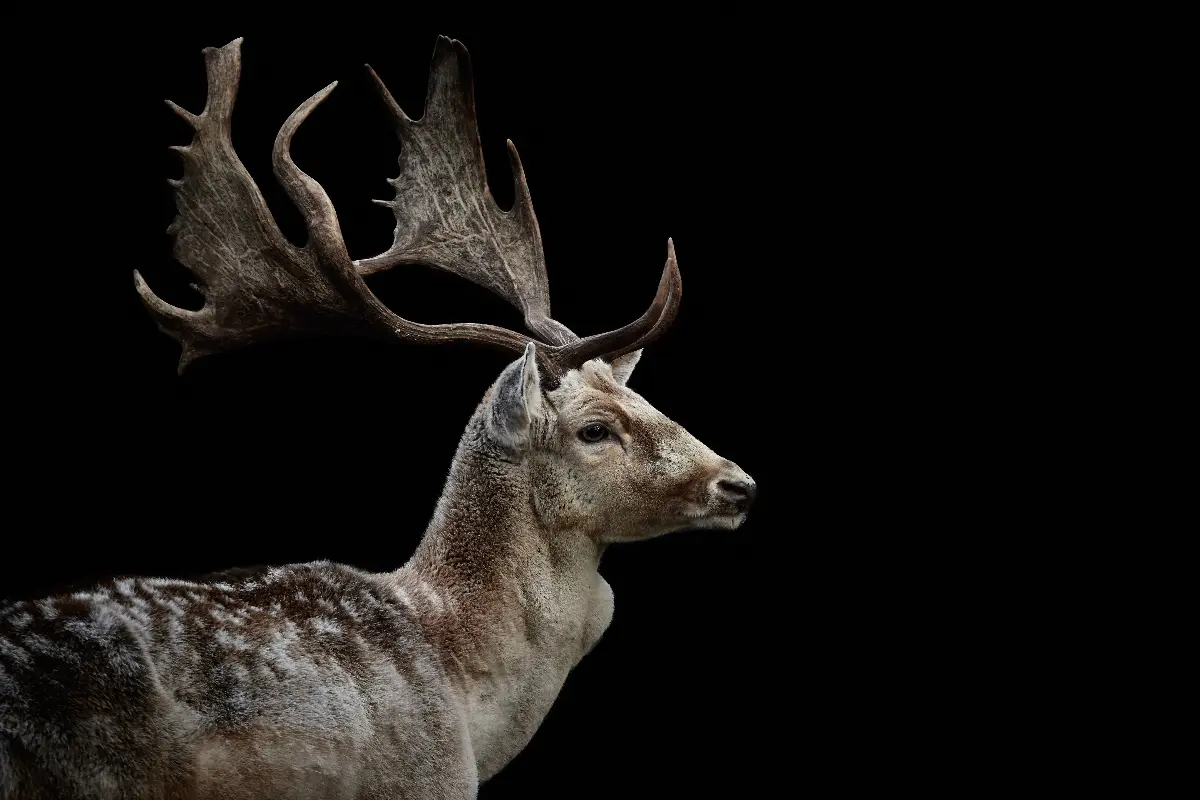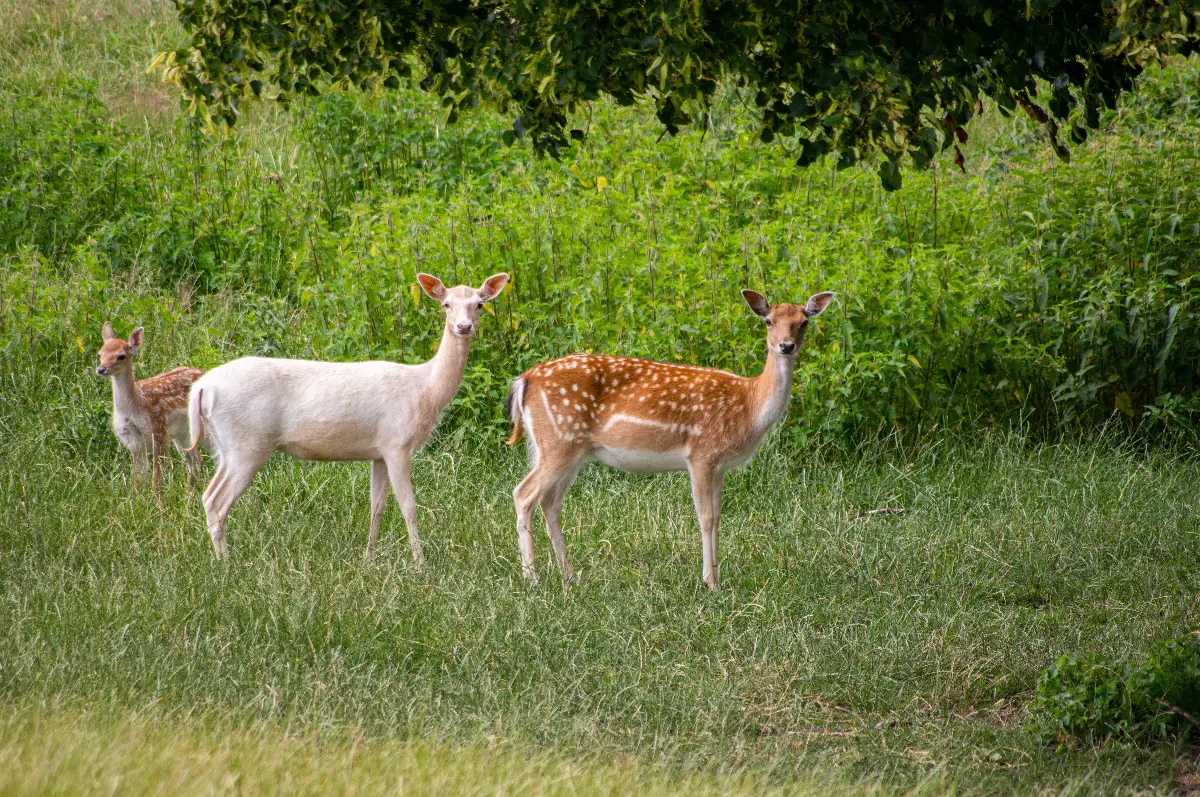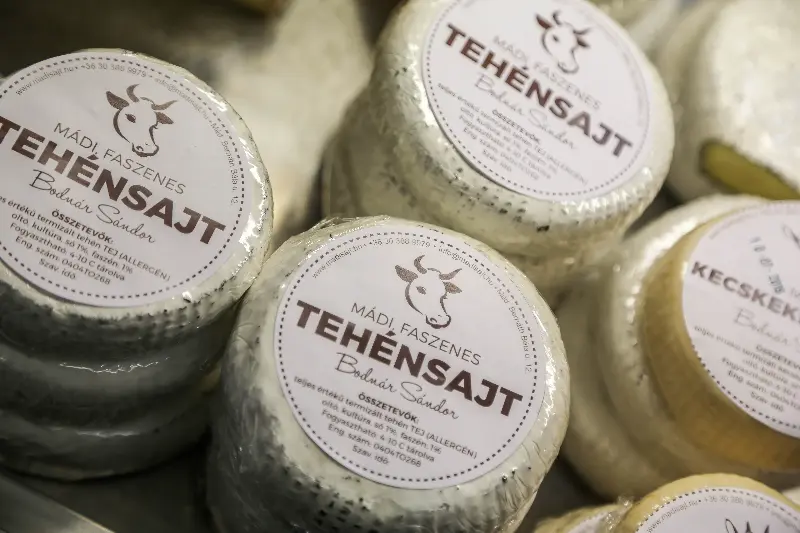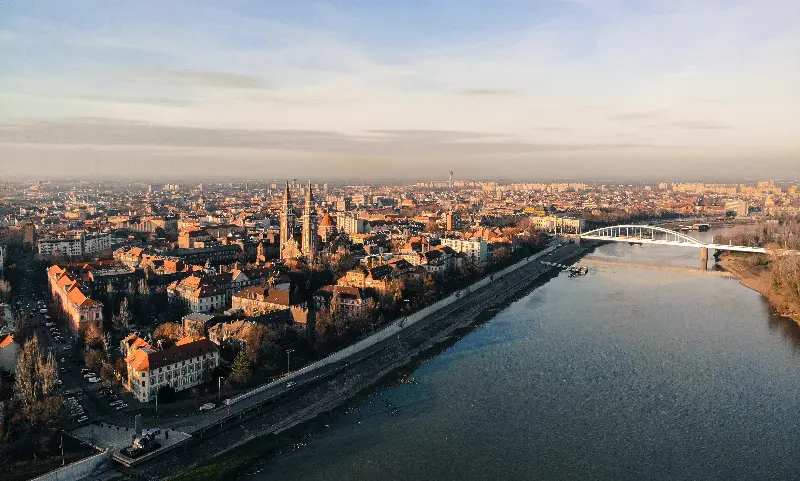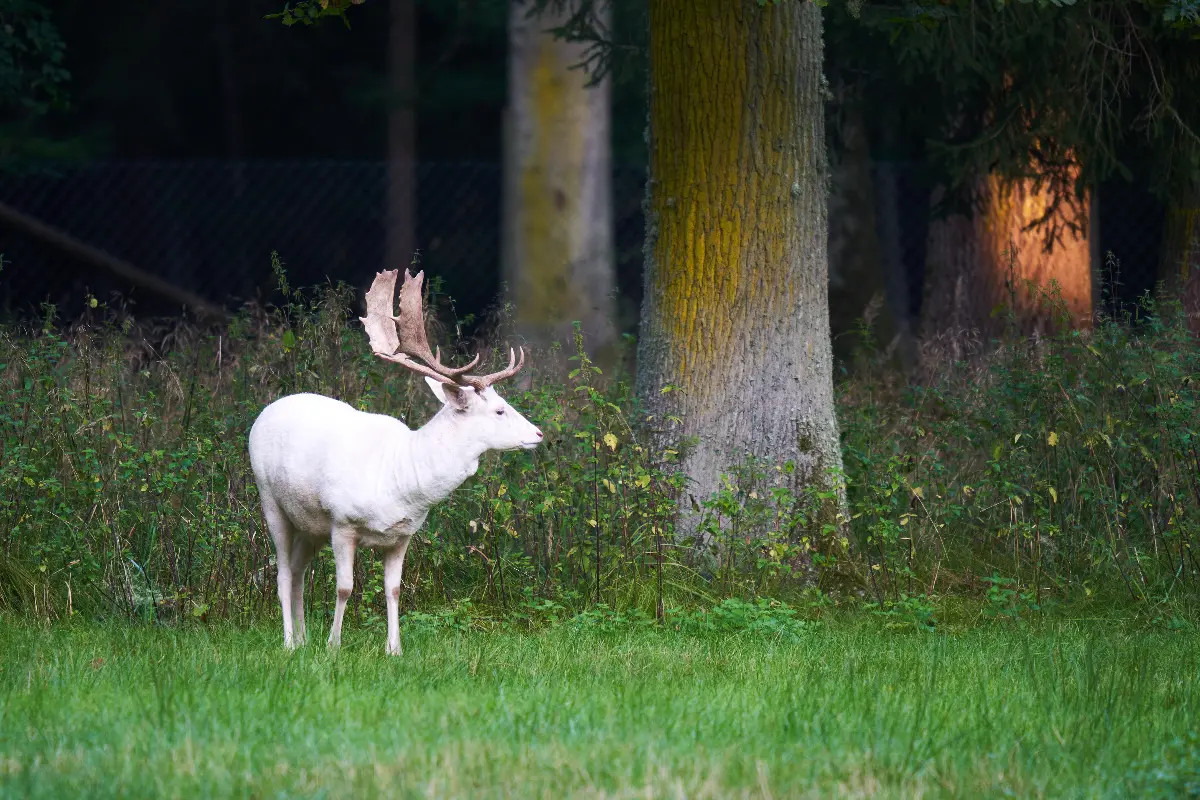
Helyszín címkék:
The Hungarian forests are full of fabulous, miraculous deer!
Szabó Sára
Although the miraculous deer also appears in the mythologies of other peoples, it has a special place in Hungarian mythology. The mythical creature is most often the symbol of renewal, eternal life and the starry sky, the symbol of Christ in Christian culture. According to the story, the deer led the brothers, Hunor and Magor, to the new area to settle down while they were hunting. The origins of the miraculous deer-tale are unknown, and the story begins after the biblical story of the Babel confusion. It has its roots in Anonymus' Gesta Hungaroruma and a more detailed description of Simon Kézai's chronicle of the same title. Although several other texts are dealing with the totemic animal, the most famous literary treatment of the saga is the poem by János Arany, “Myth of the miracle deer”.
Few sources mention the colour of the deer that is holding the moon on its antlers, but it is rarely depicted as white. Whiteness is not a fairy-tale element; deer of this colour live in the forests of Hungary. The typical animal figure of the Hungarian legend is not only white but also black.
Wildlife photographers' favourite model becomes a media sensation from time to time
No wonder we still attribute a special, sacred power to differently coloured deer. There are also superstitions attached to these animals, but more on that later. The forestry manager of the Tamási Forestry, Gábor Palánki, will help you find your way through the colourful palette. "There are three species of deer in Hungary; the roe deer, the red deer and the fallow deer. A roebuck is the smallest, with a bodyweight of 25-30 kilos, a male fallow deer weighs around 100 kilos and a male red deer can weigh up to three kilos. White occurs in all three species but is extremely rare in roe deer and red deer. In these two animals, the white colour is caused by complete or detailed albinism, a lack of pigment. It's a genetic disorder that is not very good for survival, so it's very rare in the fauna," he explains. Of course, when an albino deer or a roe deer appears in the Hungarian forests, they are immediately in the spotlight. With their distinctive looks, they make headlines and steal Hungarian hearts. Of the three deer species, there is one that is completely different on the colour front. The fallow deer has three colour variations. There is the well-known reddish with brown spots, a black version and a white version. As Gábor Palánki says, "blackness" can also be observed in leopard species, the black panther, like the fallow deer, has a unique pattern. They are also more common than albino roe deer and red deer, the fallow deer with one black for every 20-40 does and one white for every 200-500 does. It is impossible to determine when and where a particular colour will be born, "it's like the lottery", says the forester.
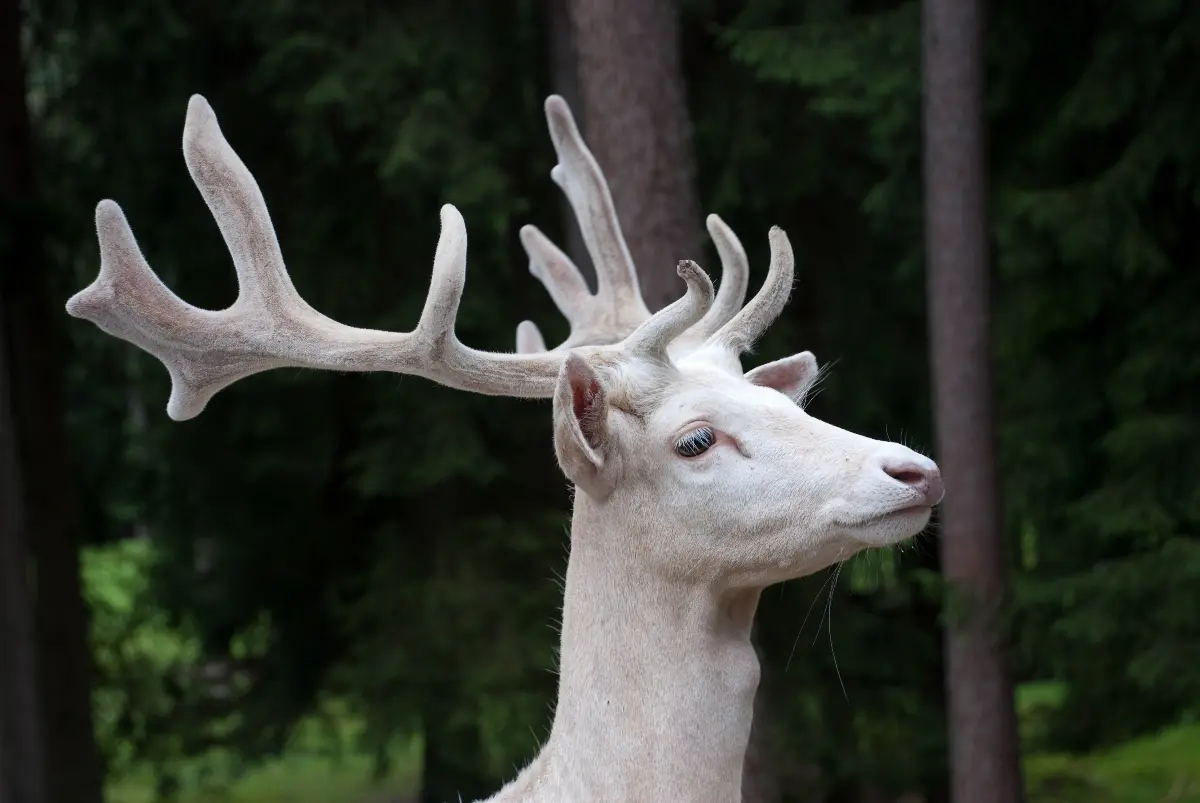
Hunters don't like to shoot them, as it is believed that if you kill a white, you will die within a year.
Roe deer and red deer are found everywhere in the country except in a few regions on the Great Plain. The fallow deer is also expanding intensively, with increasing numbers increasing thanks to former plantings. According to Palánki, compared to the situation 10-15 years ago, the fallow deer are very intensively occupying some areas. It takes a lot of luck to run into a black or a white individual as a civilian. Our best chance is during a stag bellowing, when animals are less cautious, during the mating season. You can stalk the edges of the forest, considering the restrictions on forest visits.
